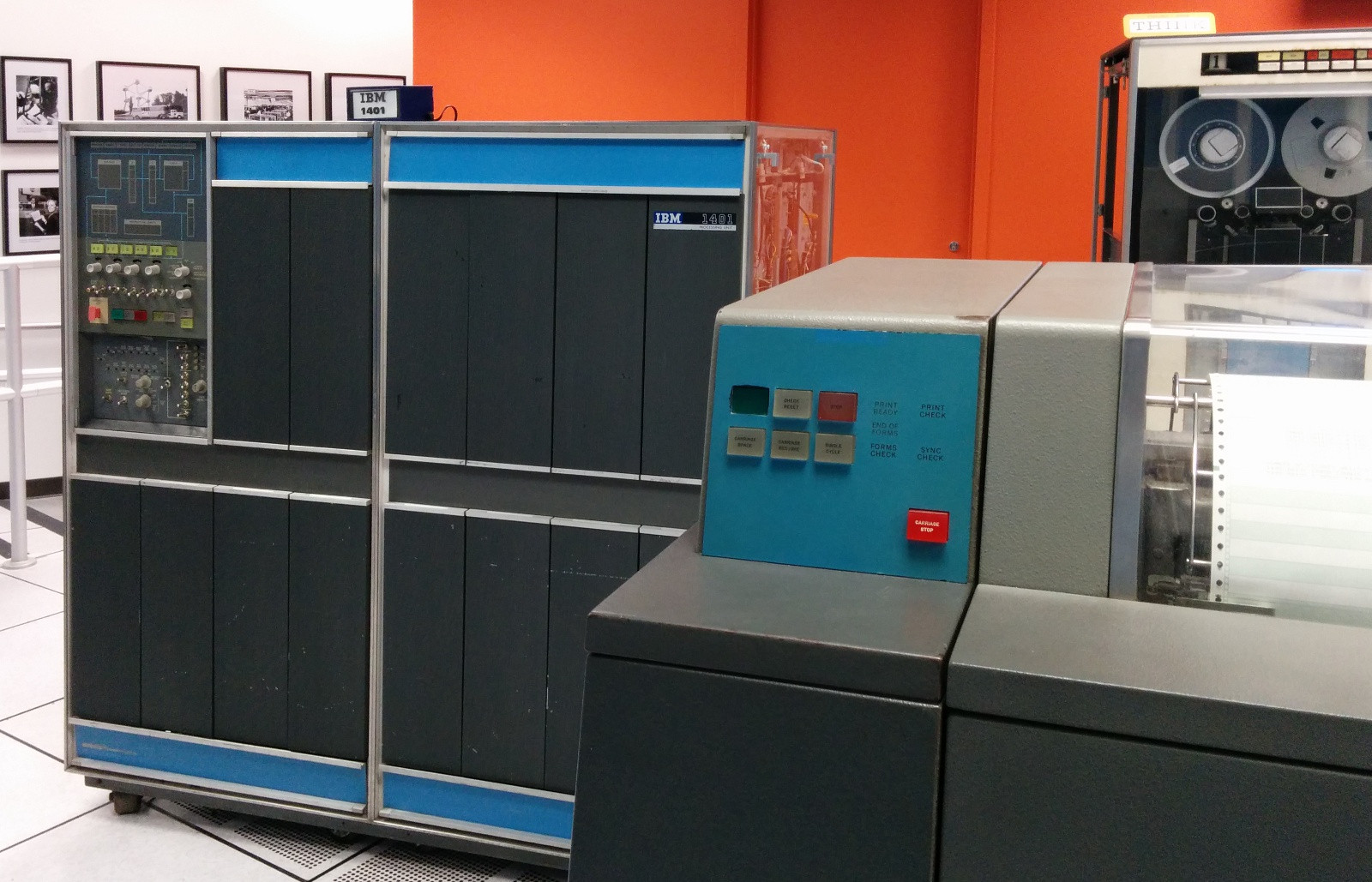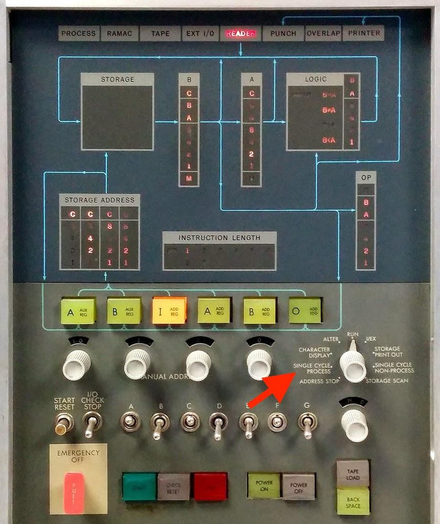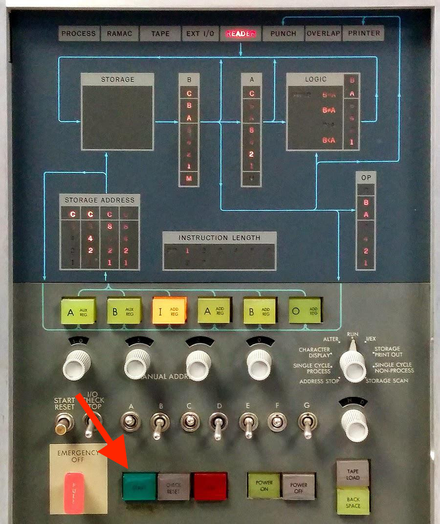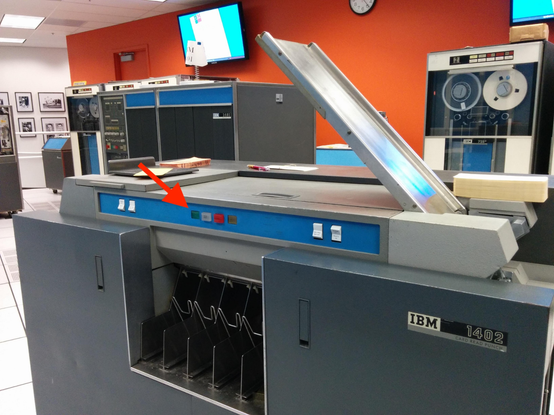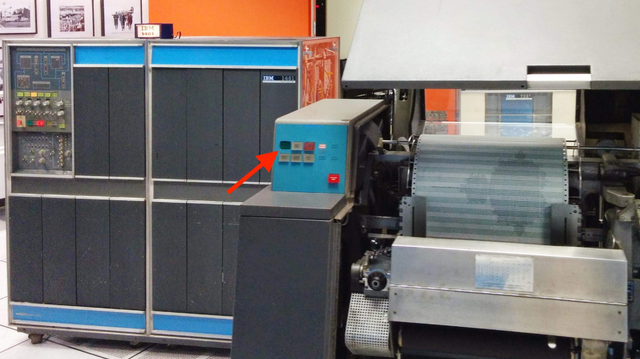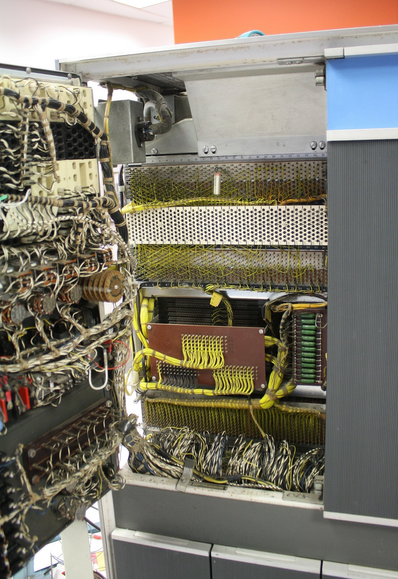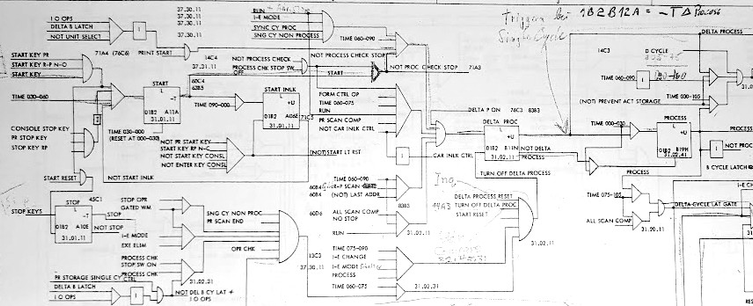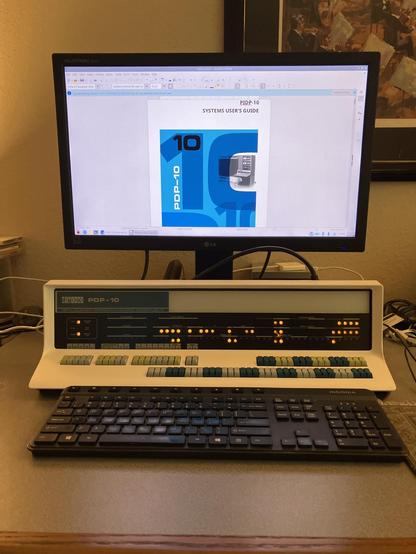| in catalan | @pancake |
| Author of | https://radare.org |
| Tooting for r2 | @radareorg |
pancake 
- 1.6K Followers
- 530 Following
- 8.6K Posts
🚨Friendly reminder: The #CFP for #r2con2025 is still OPEN! There's plenty of time before October 24th, but if you want to talk about anything related to #radare2, please submit your talk ASAP! ✨ Let’s make this edition even better! 🚀 #infosec
W32/SkyAI uses AI? So do I.
Read it here https://cryptax.medium.com/w32-skyai-uses-ai-so-do-i-d33f04d63534
What's in there?
- Where the malware loads the AI prompt, and what for. And why it fails.
- How to de-obfuscate strings
- Which URLs the malware contacts (beware)
- How to find the encryption key with AI
- How to extract (and decrypt) the embedded PE
- R2ai tips when curl argument is too long
- How the malware checks if it's on a VM
- How much this analysis cost.
Enjoy!
Two of our teams just gave talks at the @passthesaltcon 2025 conference in Lille:
@Xeniax tells the story of "federated messaging" waves and her usable security research, emphasizing "availability" as a key issue
https://passthesalt.ubicast.tv/videos/always-more-secure-analyzing-user-migrations-to-federated-e2ee-messaging-apps-trimmed/ --
@hpk starts off with prioritizing usable security and walks through #chatmail transport layer security goals and #deltachat end-point security status, upcoming releases and prospective work on improving metadata and other goals
https://passthesalt.ubicast.tv/videos/usable-end-to-end-security-with-delta-chat-and-chatmail/
Importing bytes and texts:
✅ adds to your module graph
✅ type checking
✅ works with deno bundle and deno compile








